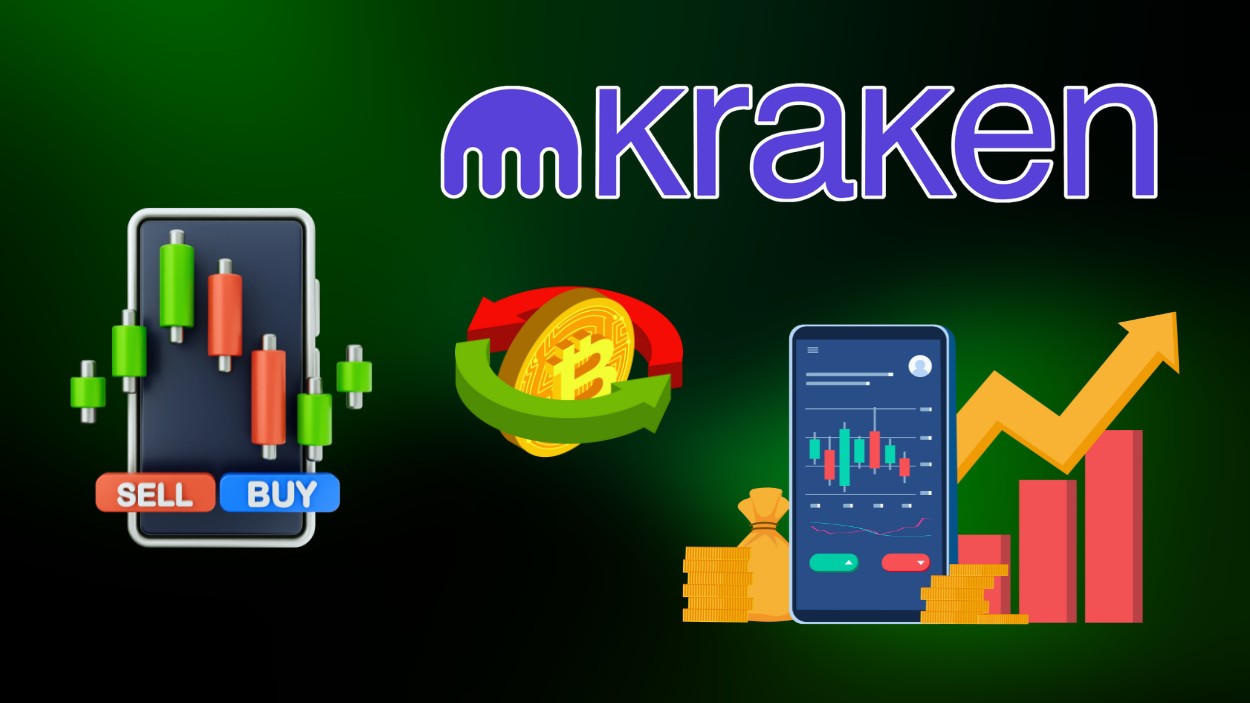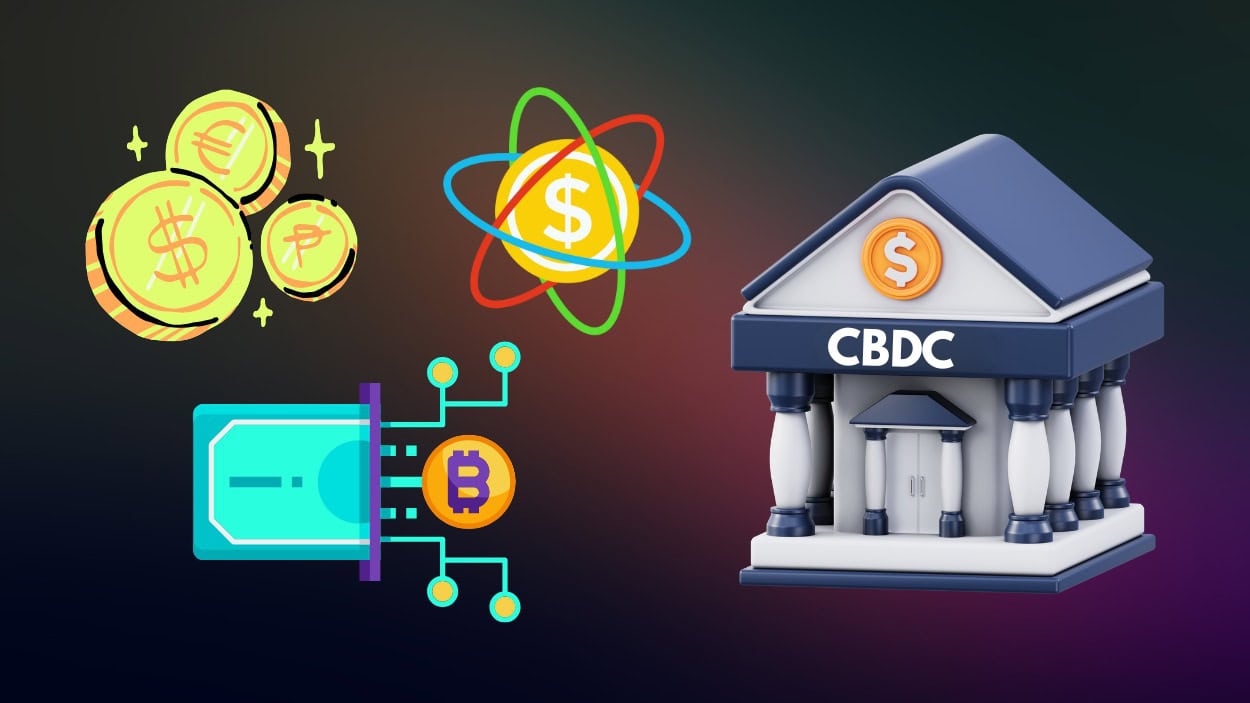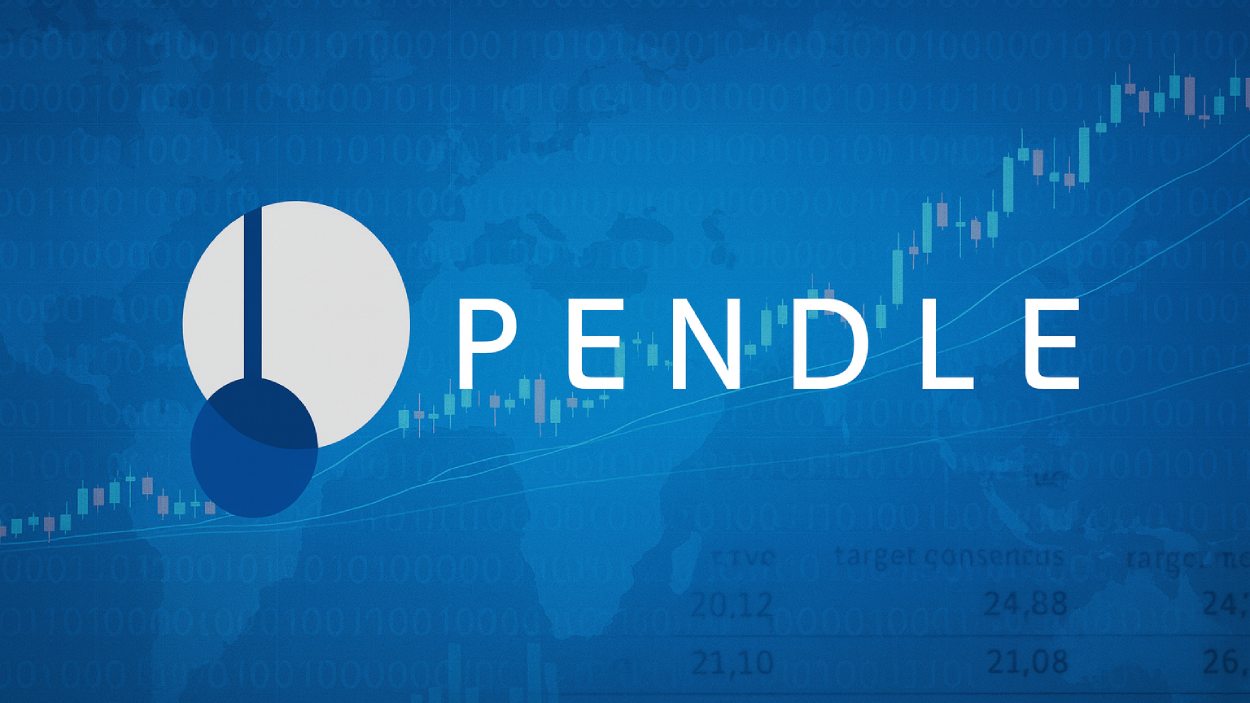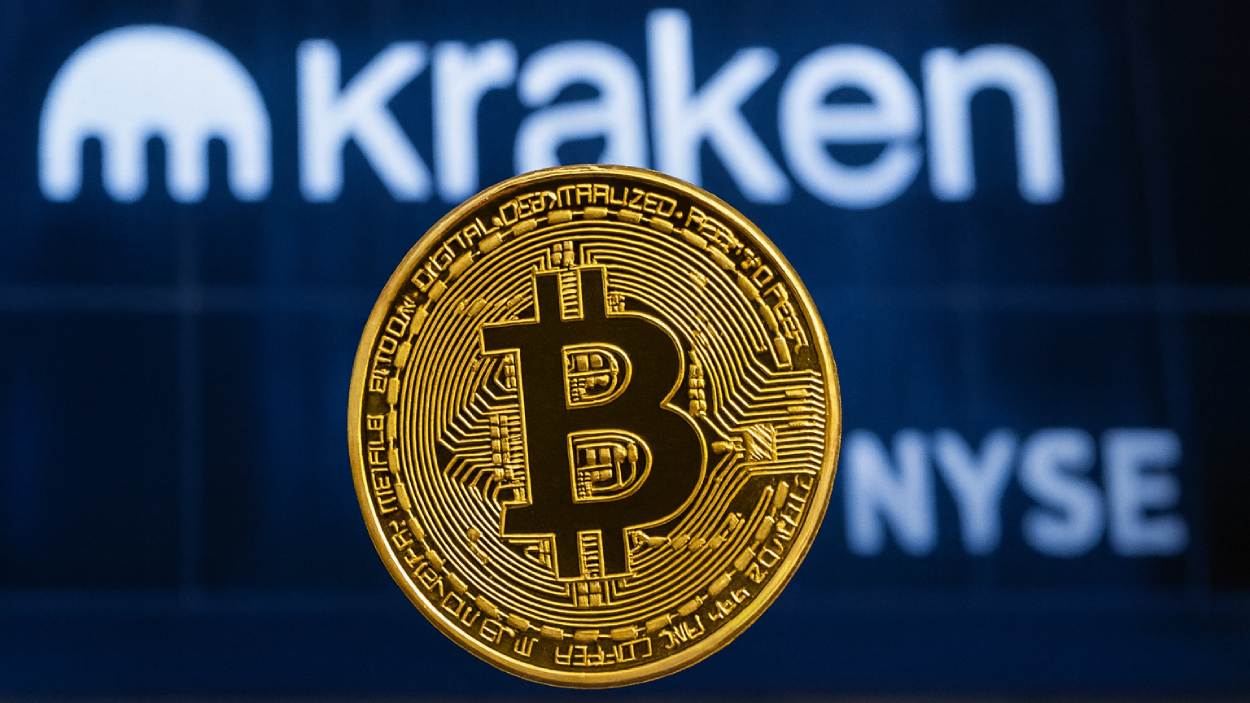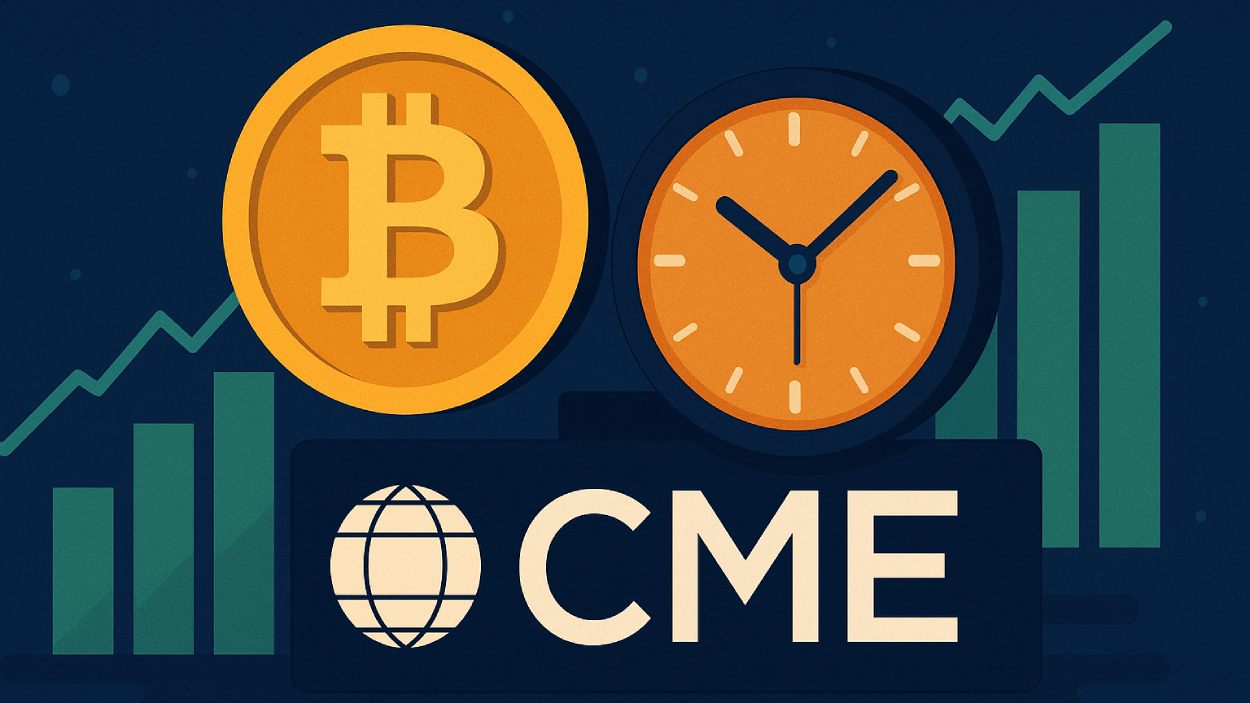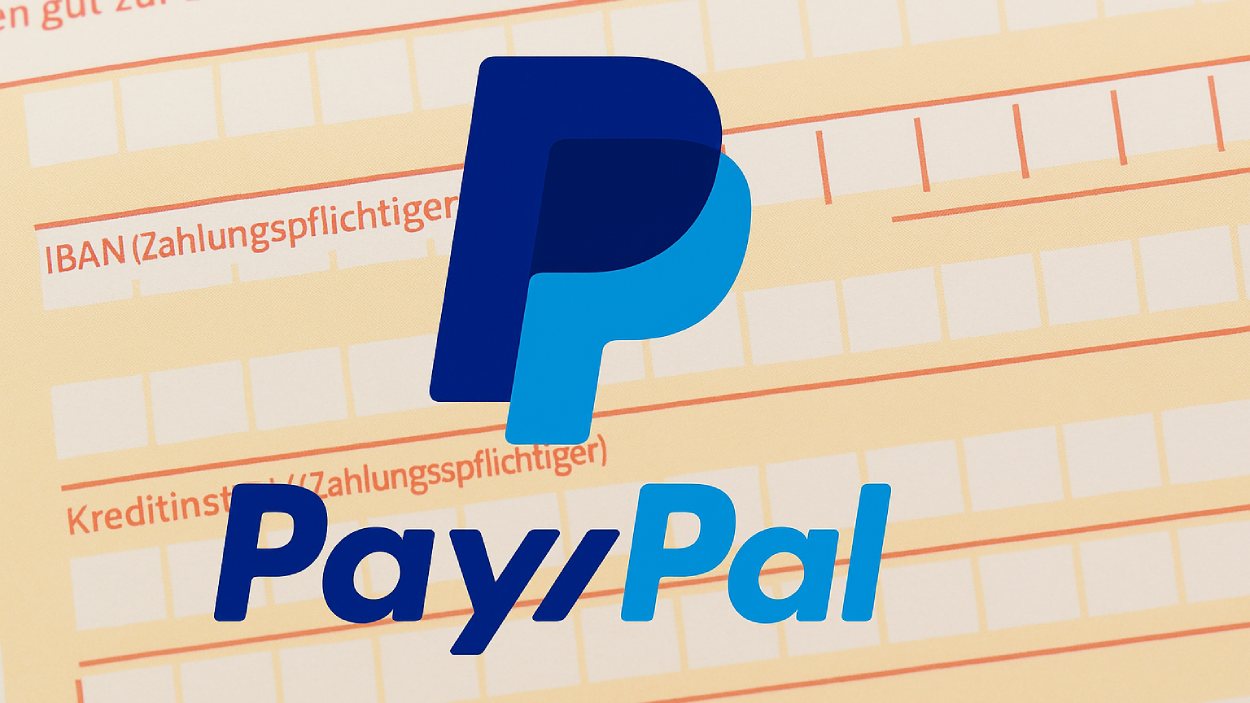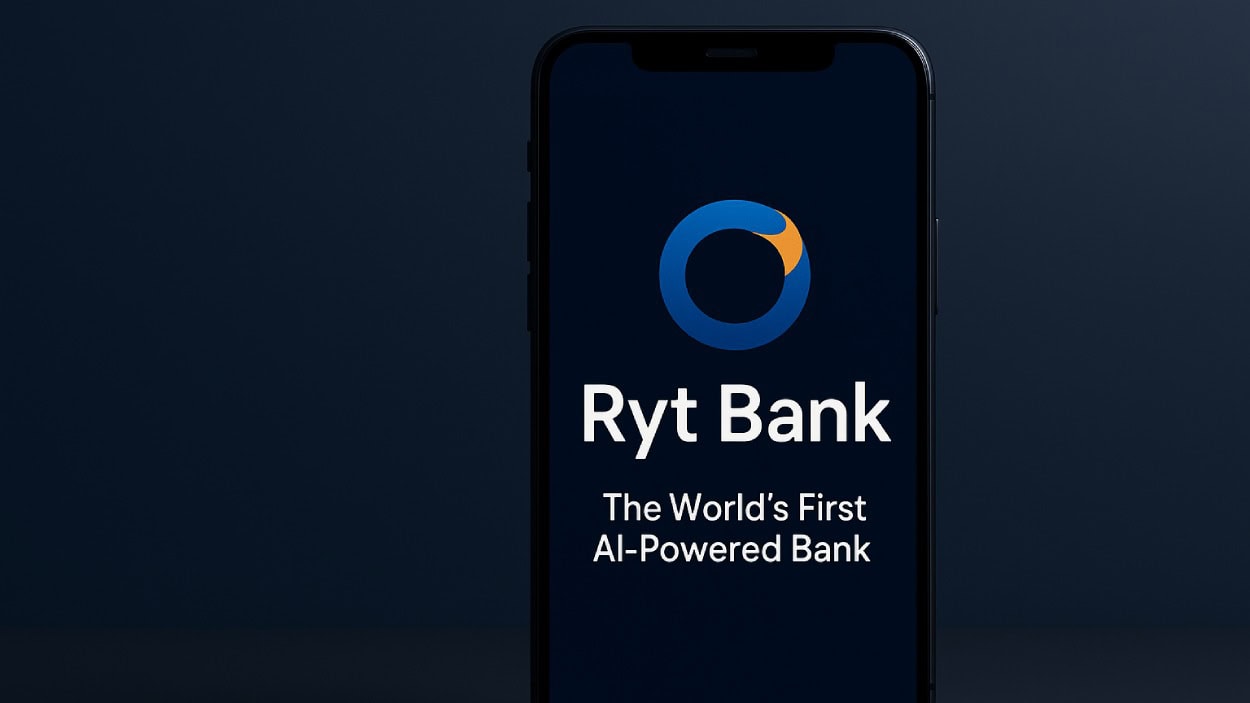Life insurance is more than just a policy; it’s a promise. Imagine the relief of a family securing their future after an unexpected loss, knowing they are financially covered. This sense of security underscores why life insurance continues to be an essential part of financial planning. With evolving trends and increasing claims, understanding the data behind life insurance claims today offers valuable insights into how policies serve millions. Whether it’s claim trends, payouts, or the reasons for buying, the numbers tell a compelling story.
Editor’s Choice
- New annualized premium for life insurance hit $3.9 billion year-to-date in 2025, showing an 8% increase over the same period last year.
- About 51% of U.S. adults now have life insurance coverage in 2025.
- The gender gap persists, with 57% of men and 46% of women reporting coverage in 2025.
- Digital claims continue to rise, with online processing rates steadily increasing over the past three years.
- Millennials remain active buyers, continuing to represent a significant share of new policies in 2025.
- Heart disease still ranks as a leading cause of life insurance claims in the United States.
Leading Causes of Life Insurance Claims
- Heart disease remains the leading cause of death in the U.S., with ~680,000 deaths, suggesting it is likely still the top cause for insurance claims.
- Cancer had about 613,000 deaths, making it the second leading cause of mortality, so likely similarly high in claims.
- Unintentional injuries (accidents) caused around 222,700 deaths, putting it third in mortality rankings and relevant in claims.
- Stroke (cerebrovascular diseases) led to roughly 162,600 deaths, showing it remains a significant factor.
- Chronic lower respiratory diseases caused about 145,300 deaths, implying continued presence among the leading causes.
- COVID‑19 dropped in rank with around 49,900 deaths, suggesting its impact on claims has declined.

Claim Payout Amounts and Trends
- The average life insurance payout in the US is $203,000 in 2025.
- Most claims are paid within 14 to 60 days, depending on documentation and policy type.
- The average death benefit per policy ranges from $160,000 to $200,000 across states in 2025.
- Whole life insurance policies continue to pay higher benefits than term policies.
- Joint life insurance payouts, particularly first-to-die policies, can offer financial continuity for surviving spouses, especially in estate planning scenarios or when replacing a dual income stream.
- High-value universal life policies can still exceed $20 million in claim payouts.
Claim Processing Times and Efficiency
- About 72% of claims were processed within 10 business days in 2023, and that rate is holding steady into 2024‑2025.
- Straightforward claims now often get settled in 10 days or less when documentation is complete.
- Standard claims typically take between 14 to 60 days to payout, depending on policy type and complexity.
- Rejection or delay rates are estimated at 10‑20% in 2025, mostly due to documentation or policy issues.
- Most insurers report satisfaction rates above 80% among claimants where a digital or automated process is used.
Insurance Claims Services Market Growth
- In 2025, the market is projected to reach $209.28 billion, reflecting growing demand and digital transformation.
- The market is expected to expand steadily, hitting ~$237 billion by 2026 and ~$268 billion by 2027.
- By 2028, the market is estimated to surpass $304 billion, continuing its upward trend.
- The market is forecasted to grow to $343.82 billion by 2029, nearly doubling in size from 2024.
- The industry is experiencing a compound annual growth rate (CAGR) of 13.2%, driven by AI automation, InsurTech expansion, and post-pandemic recovery.

Policy Types and Their Claim Rates
- Term life insurance policies represent about 19% of the new premium market share in 2025.
- Whole life insurance accounts for 37% of new premiums, reflecting stable long-term demand.
- Indexed universal life policies saw 11% growth in early 2025, indicating increased adoption.
- Variable universal life premiums rose by 41%, showing a resurgence in market-linked coverage.
Life Insurance Ownership Rates by Generation
- 52% of Americans currently hold a life insurance policy, reflecting broad national participation.
- Baby Boomers (59–78+) lead with the highest ownership rate at 58%, highlighting long-term financial planning.
- Gen X (43–58) follows closely with 54% ownership, showing strong middle-aged policy uptake.
- Millennials (27–42) have a 48% ownership rate, with enrollment steadily increasing.
- Gen Z (18–26) shows the lowest ownership at 40%, though year-over-year enrollment is rising as awareness grows.

Reasons for Buying Life Insurance Stats
- 60% of Americans cite covering burial and final expenses as their main reason for owning life insurance in 2025.
- 42% of policyholders use life insurance to leave an inheritance or transfer wealth in 2025.
- 26% of buyers say replacing the income of a wage earner is a key motivation for purchasing life insurance in 2025.
- 20% of people buy life insurance to pay off their mortgage or other debts in 2025.
- 19% of policyholders purchased life insurance to supplement retirement income in 2025.
- 52% of people who don’t have enough insurance cite cost as a barrier, influencing buying decisions in 2025.
- 51% of American adults now report owning some form of life insurance in 2025, which reflects a growing commitment to financial protection.
Top Reasons for Life Insurance Claim Disputes
- 25% of claim disputes are caused by a lack of evidence, making it the most common issue in the claims process.
- 22% of disputes are due to delays in claim processing, often stemming from administrative bottlenecks or slow insurer response.
- 47% of all disputes are linked to evidence and delay combined, showing that nearly 1 in 2 issues involve documentation or time-related problems.
- 16% of claimants reported being underpaid, highlighting financial disagreements in payout calculations.
- 12% of cases involved policy definition disputes, often tied to vague or misunderstood terms and conditions.
- 7% of disputes stemmed from eligibility issues, such as coverage exclusions or misinterpreted policy qualifications.

Recent Developments in Life Insurance Claims
- 77% of U.S. insurers now use AI in areas like claims and underwriting in 2025, reflecting broad tech adoption.
- A growing number of insurers, potentially over half, are exploring or implementing generative AI in areas like claims evaluation, underwriting, and customer service, although adoption levels vary by company and use case.
- AI‑powered claims automation is reducing processing time by up to 70% for many standard claims.
- Fraud detection via predictive analytics has improved by about 28% in 2025, helping insurers identify or avoid fraudulent life insurance claims.
- Underwriting decision times for standard policies have dropped dramatically to around 12.4 minutes on average, where AI is applied.
- Enhanced customer satisfaction is seen in digital‑first and AI‑augmented insurers thanks to faster interactions and claims turnaround.
- Investments in insurtech and tech‑driven claims verification and analysis continue to grow as insurers modernize platforms in 2025.
Frequently Asked Questions (FAQs)
The total U.S. life insurance new annualized premium increased by 8% so far in 2025.
An estimated 10%–20% of life insurance claims face an initial rejection or delay.
Whole life insurance policies make up 37% of the total new annualized premium in early 2025.
About 51% of American adults report owning at least one life insurance policy.
Conclusion
Life insurance continues to play a pivotal role in safeguarding financial security for families and individuals. The statistics today reflect evolving trends in policyholder preferences, technology-driven efficiency, and the rising importance of tailored coverage options. Whether driven by health concerns, financial planning, or global developments, life insurance remains an integral tool in mitigating risk. As the industry adapts to changing needs and innovative technologies, it is well-positioned to serve a broader and more diverse audience in the years ahead.










